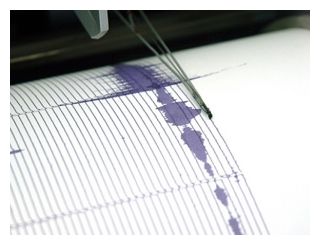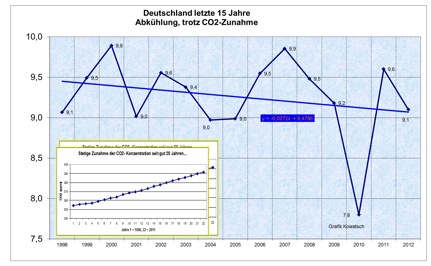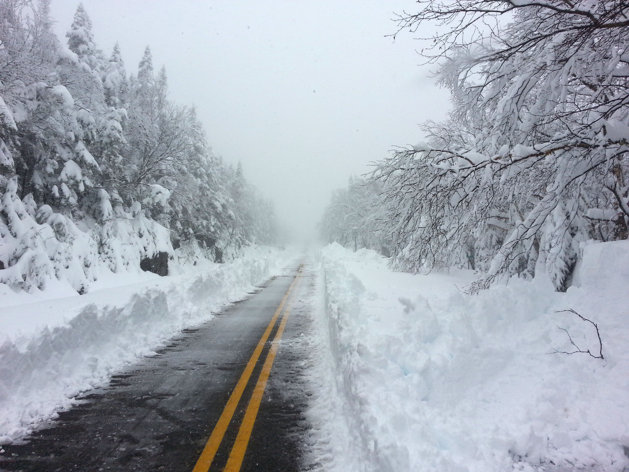
© iStockphotoA stock photo of a reading from a seismograph.
What would be Wellington's biggest earthquake in 150 years is happening right now - not that you'll feel the jolt.
The magnitude-7 equivalent quake, 40km deep, is a "slow-slip" event, when the movement of tectonic plates occurs over hours to months rather than seconds.
GeoNet scientists said even their precision instruments were picking very little up from the 100km area of Levin to the Marlborough Sounds, along the plate boundary.
Almost imperceptibly, the Pacific and Australian plates had been slipping past each other since January and would continue for up to a year, GeoNet scientist Caroline Little said.
"We don't see anything at the surface."
Apart from moving a few centimetres further away from Australia, there would be no noticeable impact from this seismic movement.
But slow-slip quakes had an undetermined relationship with large earthquakes, which were accompanied or even triggered by slow-slip events "and vice versa", she said.

